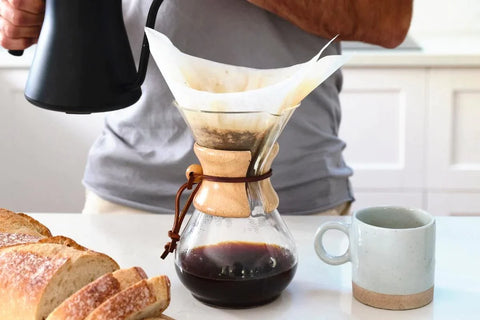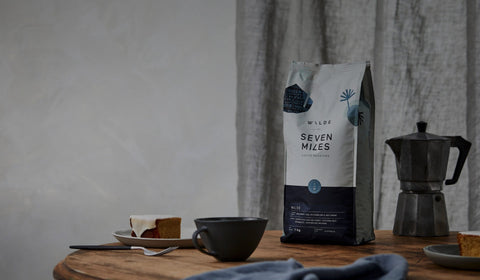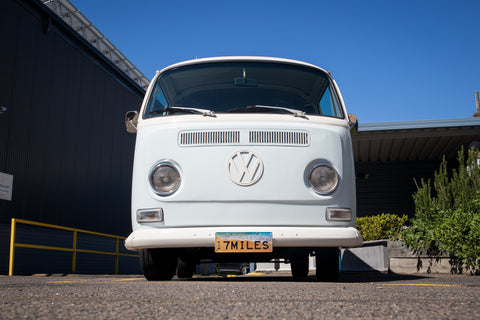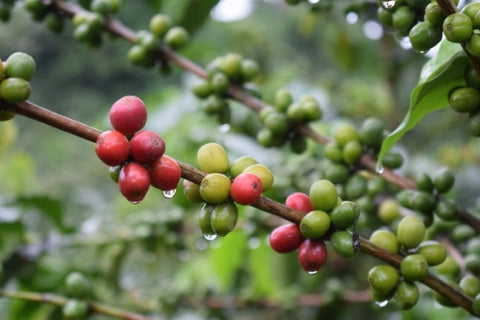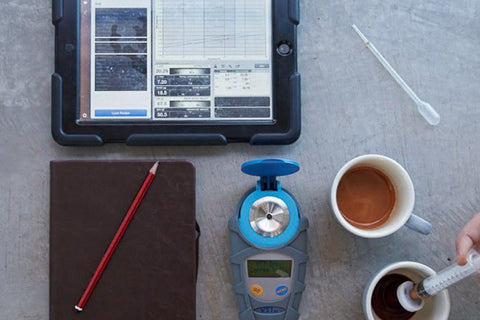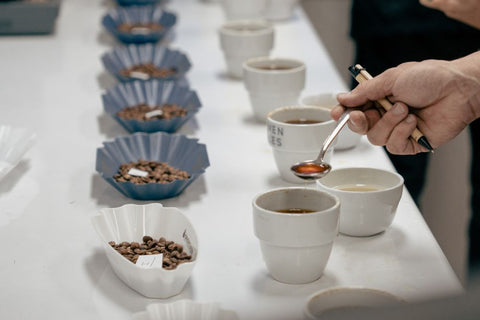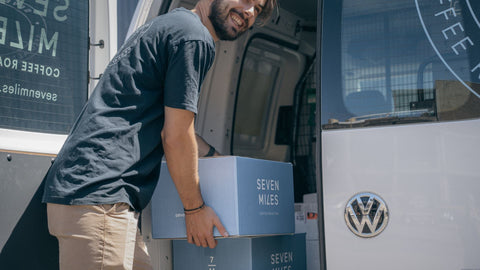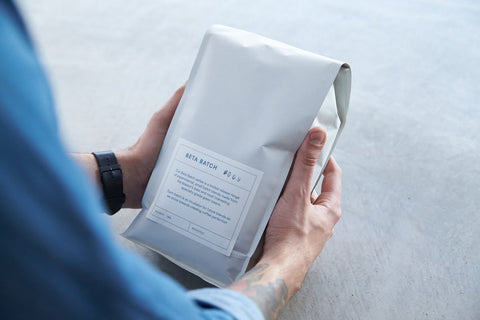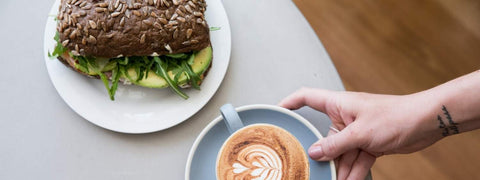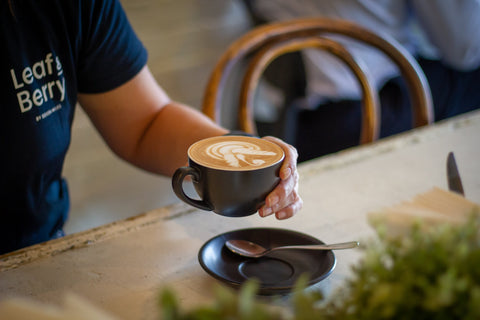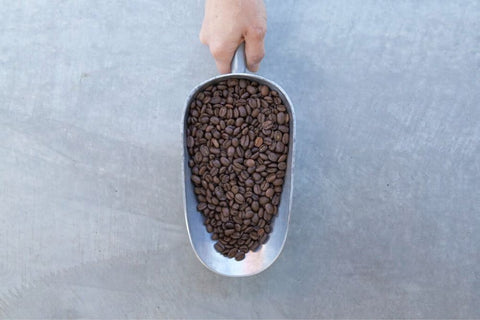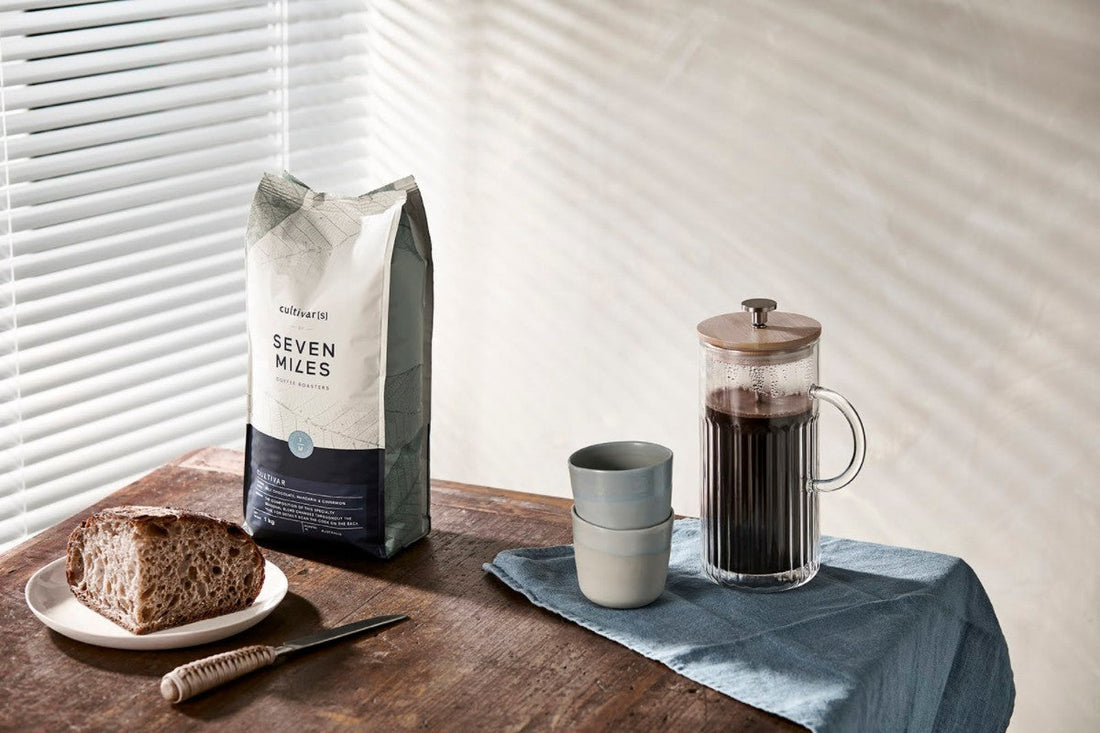There are a multitude of factors that can influence the flavour of a cup of coffee. Some of these factors are dramatic, some are more subtle, but for both the professional and home barista alike, we have some control over the types of flavours we want to taste in the cup through the types of coffee we choose.
While many of the factors that influence flavour are displayed on a bag of coffee itself, others are more hidden – perhaps as a result of the roasters flavour decision based on their target market. The information on the pack (or lack of information) can be confusing when you are deciding what coffee you should buy.
So, to help clear things up - let’s take a look at 3 key factors that influence the taste of coffee before you even open the bag.
Factor 1: Processing Method
Processing is simply the way the producer removes the soft layers of fruit from the coffee cherries to remove the seeds – what ordinary people call ‘coffee beans’ Many people are surprised to hear that this process, more than any other factor, will impact the flavour you get in the cup. As a result, it is the single biggest flavour decision on a bag of coffee – particularly if you’re choosing a single origin coffee.
There are many subtle variations in processing around the world, but they can be broadly grouped into 2 categories: Washed & Natural. Fundamentally, the washed process will deliver coffee with a clean, transparent profile which allows varietal and origin (terroir in wine parlance) flavours to dominate. The natural (or dry process) will tend to add a dense layer of ripe fruit sweetness- sometimes complex and nuanced, sometimes cloying and oversweet. It may or may not overpower the inherent characteristics of a coffee.
There are many variations on each method, as well as techniques in between the two, and it is a good idea to get familiar with them as you make your first big flavour decision.
Factor 2: Origin / Variety
You can’t really have a conversation about origin without talking about variety. Most people have heard of the 2 most common species of coffee: Arabica & Robusta.
If you’re reading an article like this, then you’re unlikely to be drinking a lot of Robusta coffee – so we’ll focus on the varieties of the Arabica species in this quick summary.
Just like wine or apples, the Arabica species of coffee exists as a wide array of varieties, and like wine, varieties are usually planted in a particular location due to their suitability to the environment. When people talk about specific coffee origins – like Ethiopia or Colombia, they will often remark on a particular flavour profile. These flavours are largely due to the types of coffee varieties found there. Kenya for example is famous for the SL28 and SL34 varieties which were developed by Scott Laboratories mid last century for their yield as well as their intriguing blackcurrant and winey flavours. Ethiopia, being the home of coffee, proliferates with indigenous ‘heirloom’ varieties, mostly uncategorised. Their tropical fruit and citric flavours are prized the world over. Brazil generally produces and is known for chocolatey, nutty flavours from their huge estates, a result of altitude, variety and cultivation.
In addition, you will find nuances in the same varieties between different countries and region as local conditions transform the flavours over decades. Becoming familiar with inherent flavours of different origins will educate you to an important flavour decision.
Factor 3: Roast Style
Every roaster will have a different interpretation of any given coffee. One might see the potential in a coffee for a lightly roasted, elegant profile, while another may see the opportunity to roast a bit darker for a more intense, chocolatey flavour. Amazingly this same coffee will taste completely different in each case! This element of selecting a coffee to buy is a little more mysterious
How we know to what degree a coffee has been roasted? Does dark roast mean the same thing to every roaster, let alone every consumer? Given that these are relative values, it pays to understand that this factor may be influencing your choice in coffee without you realising it. To know that the same coffee roasted by two different roasters may taste vastly different is to acknowledge a decision made by the roaster- you can then make your own informed decision from roaster to roaster.
The brew method you use makes this a very important decision as most roast profiles are aimed broadly at a style of brewing. If you have an espresso machine at home, you most likely will need a darker and richer roast, whereas if you brew with a drip filter, a more delicate and lighter roast will probably (but not necessarily) be ideal. Fortunately, this information is often denoted as a “filter” roast or “espresso” roast on the bag itself. However, there is nothing wrong with using an espresso style roast in your drip filter, just as some may like an espresso made on a lighter and brighter roast.
As always with flavour, nuance and preference apply, but to understand the methodology of roasting will make your choices easier.
These considerations and many other techniques (plenty here on our YouTube channel) are the variables that make coffee so interesting and fun! There are so many flavour options out there these days as producers get more experimental, roasters explore their craft and brewers try new methods. But it is valuable to be armed with enough information to be able to make thoughtful decisions about your next purchase, whether it is for your morning brew at home or your next feature coffee in your cafe or bar. Happy brewing!
